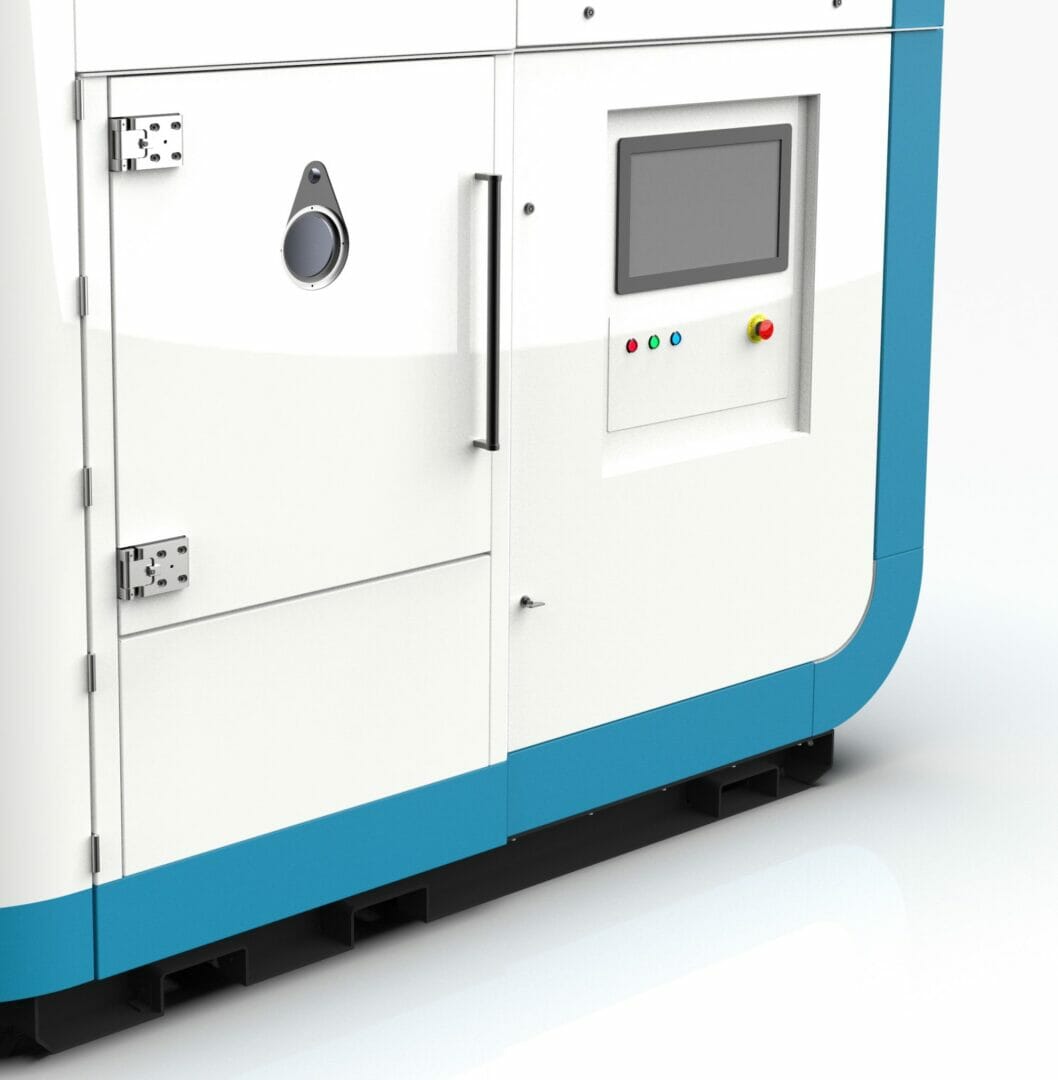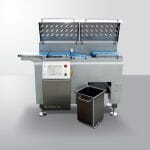The clock is now ticking down to the official virtual launch of Wayland Additive’s ground-breaking and innovative metal Additive Manufacturing (AM) system, the Calibur3 on 16th March 2021. All interested parties can still register their interest online at www.waylandadditive.com.
Wayland Additive is promoting innovation in metal AM for production applications, which it achieves with the establishment of its proprietary and innovative NeuBeam® process as the go-to solution for a range of manufacturing applications across various industrial sectors. NeuBeam is a truly innovative metal AM process that effectively neutralises the electron beam (eBeam) powder bed fusion (PBF) process to offer greater flexibility than laser-based AM processes while overcoming the stability issues many users of traditional eBeam AM systems experience. In addition, the NeuBeam process enables metallurgical requirements to be tailored to application requirements rather than the previous limitations of the process — to produce optimum results.
Will Richardson, CEO of Wayland Additive says, “In light of the COVID-19 pandemic, we have been busy creating a truly informative and immersive virtual launch event for our new metal AM technology. The first machine is now in-house, and we have been working with professional videographers and a production team to make sure that in addition to our live interaction with our virtual audience, attendees can get up front and personal with the technology, and see ‘inside’ to get a feel for how the Calibur3 works, and also why this is so important for industry. The framework of the event will fully explain how the technology works and why we have spent the past 5 years researching and developing the Calibur3, which directly overcomes shortcomings that industry faces if relying on legacy metal AM technologies.”
NeuBeam is a hot part process rather than a hot bed process. This efficiently creates parts that are free of residual stresses because the high temperatures are only applied to the part and not the bed, ensuring free-flowing powder post-build (no sinter cake) and stress-free parts with reduced energy consumption.
Furthermore, the process overcomes many of the limitations for manufacturing large components – no residual thermal stresses, no gas cross-flow, and a much simplified powder removal process than existing eBeam systems.
The NeuBeam process is capable of producing fully dense parts in a wide range of materials, many of which are not compatible with traditional eBeam or laser PBF processes such as refractory metals and highly reflective alloys. As a result, the NeuBeam process can demonstrate vastly improved metallurgy, without many of the compromises that existing metal AM processes necessitate.
NeuBeam also offers significant advantages over other technologies with built-in real-time in-process monitoring, allowing for rapid material development or tuning of microstructures by adapting the solidification during manufacture. With NeuBeam the process temperature is not constrained by sintering the powder bed, allowing the process temperature to be optimized to the material microstructure and/or the application.
These unprecedented levels of in-process monitoring are achieved through a combination of advanced technologies, including structured light scanning, electron imaging and high speed infra-red cameras. Each of these different monitoring approaches are calibrated to the same reference points in the machine, with managed adjustments, to ensure optimum results and output. Being a true thermal process, everything in the build chamber is able to be monitored, and it is possible to see the true temperature of the whole powder bed in-process as a build takes place. The thermal history of the material being processed can also be seen, as can the topography of the surface so that defects can be detected — and reported — as they occur.
Peter Hansford, Director of Business Development concludes, “There is a tangible excitement in the Wayland HQ at the moment. So much hard work has led to this point as we are about to lift the lid on our Calibur3 machine. We want the virtual event to be as interactive as possible, and we will welcome questions and look to work post-event with any companies that wish to discuss specific applications. We are also hosting a physical event on the 19th May when the restrictions in connection with the pandemic will have been relaxed enough for us to convene this safely, and of course, attendees are welcome at this event as well. It is not often that a technology is introduced that will facilitate a root and branch reassessment of what can truly be achieved using metal AM, but the Calibur3 is one such, and we are looking forward to presenting it to you.”







